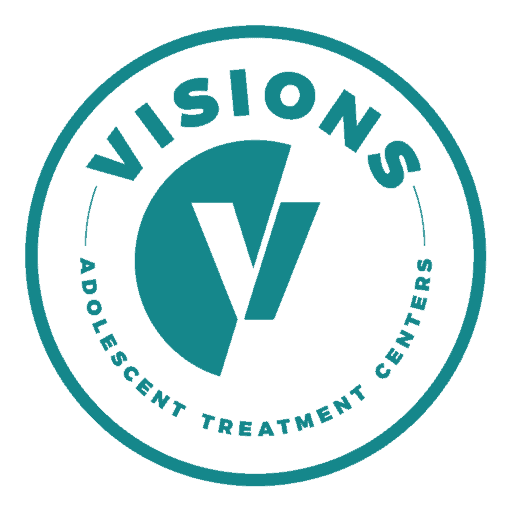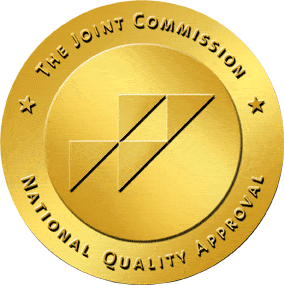Santa Monica, California:
home of the Beach Boys, beautiful sunsets, surf, skateboarding, healthy living and NeXT, our gender-specific Extended Care program for teens. NeXT provides a therapeutic environment for teens that helps guide them and teach them how to become grounded in their independence while living away from home. Teens can come from any treatment facility across the nation and live at our Extended Care. No physical parental presence needed, though emotional support is welcome and required. Included in the treatment plans for those living at Extended Care is a supportive and caring education environment along with the appropriate therapeutic services required for healing.
Adriana Camarillo, our Educational Director aptly says this about NeXT: “It provides the structure and guidance that so many of our teens need. The staff is supportive and enthusiastic about recovery so it gives our clients something to look forward to about sobriety.” Being enthusiastic about healing and recovery from addiction and mental illness is paramount to the success of our adolescents and their families. Teens need to want to do something, it has to be appealing to them, and our program has identified that component and made it a reality.
Santa Monica, my hometown and perhaps the impetus behind my particular bias, really is a wonderful place. Where else can you easily ride your bike to the beach, go to a vast span of yoga classes, learn to meditate, eat at places like Urth Café or Café Gratitude, breathe clean air, visit the SM Pier and ride the ferris wheel, learn to fly trapeze, skateboard everywhere, drink Groundwerks coffee and also have an array of young people’s recovery meetings to choose from? Doing all of that sober with sober friends is better than fun, it’s exhilarating!
So, if you’re worried about the future of your adolescents’ treatment plan and really want a safe, healing, fun space for them learn to live again, stay sober, and learn to love recovery, look no further. NExT is your place. Reality and healing can really be like heaven on earth and with a clinical and educational staff at the ready, it is therapeutically divine.








